THE LIFE OF PLANTS
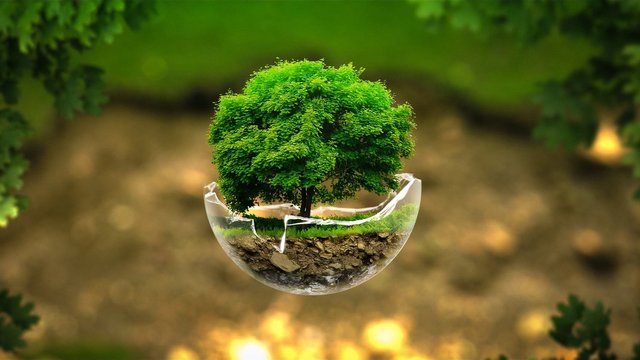
Nature

We could not live without the plants, because we owe them the quality of the air we breathe. It also serves as food and we use its energy to give us warmth and cooking. You could say that plants are the best friends of humanity. Day by day the plants marvel us. They can not move around to look for food, but they have amazing ways of getting what they need. Some last only one day, others are the oldest living beings on the planet. They are able to survive in the driest deserts and in the coldest peaks, and they give beauties and heat to the gratest cities.
FLOOR
The whole life of a plant begins with the soil. The soil is the surface cover of the earth, composed of rocks that over the years, have worn and become tiny particles. These are mixed with the remains of dead animals and plants to form the soil. The roots of the plants grow in the soil, which also contribute a good home for many creatures. There are different types of rocks and each one forms a different kind of soil:
- The clay soil. It is made up of small particles and retains water well.
- The sandy soil. This has larger particles and dries easily.
- The chalky soil. This is a mixture of sand and clay. The amount of humus in each soil also makes them different.
The soil is divided into three layers.
The mantle
contains humus or organic matter, water and the minerals that plants need to grow. The subsoil
contains less humus. Under the subfloor is the bedrock
that slowly disintegrates and forms the two layers above.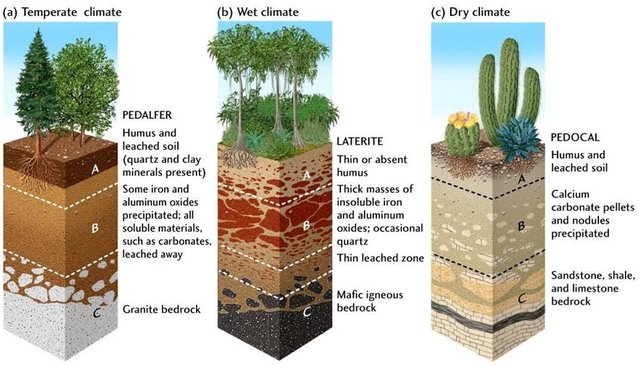
Soil Layers

PHOTOSYNTHESIS
Plants can not move in search of food. They must produce it themselves. To do this they use an air gas (
Carbon Dioxide
), soil water and sunlight. This process of food production is called photosynthesis
and takes place in the leaves of the plants. Through it, plants grow towards the light. Within a leaf there are millions of tiny structures called
chloroplasts
. These are the "food factories" of the plants, where the energy of sunlight combines with the carbon dioxide
and water. This process produces sugars called glucose
and sucrose
, which feed the plant. During the photosynthesis
a waste gas called oxygen
is produced, which the plant releases into the air .
VEGETAL MUSCLE TISSUE
To live and grow, all parts of a plant need water and nutrients. The food produced by the leaves through photosynthesis is distributed throughout the plant through hundreds of small ducts. These water-filled canals help keep the plant upright.
These tiny conduits called 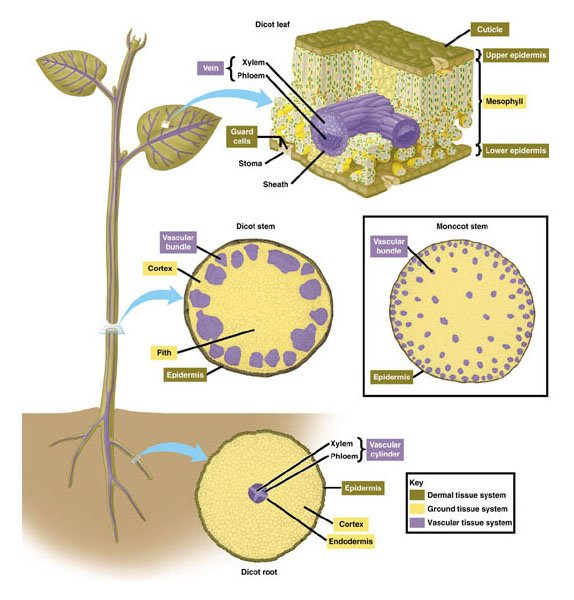

xilema
and phloem
bring water and nutrients to the whole plant. The phloem
carries food from where it is produced to where it is missing. The xilema
carries water and minerals. Altogether, xilema
and phloem
are called muscle tissue
.

Plant tissue

FLOWERS AND LEAVES
The flowers and leaves of the plants have incredible variety of shapes and colors. The color and shapes of flowers are important because they attract animals that help form new seeds. The shape and size of the leaves depend on where the plant lives. For example, plants in dark forests tend to have larger leaves in order to catch more sunlight.
There are two kinds of flowers and two of leaves:
Flowers
The simplest, which are supported on a peduncle alone.
Others are arranged in clusters, called "inflorescences", where there are many packed flowers.
Sheets
Those of a single piece, it is called "simple sheet". These are strengthened by "ribs".
If they are divided into separate flakes they are called "compound leaves".
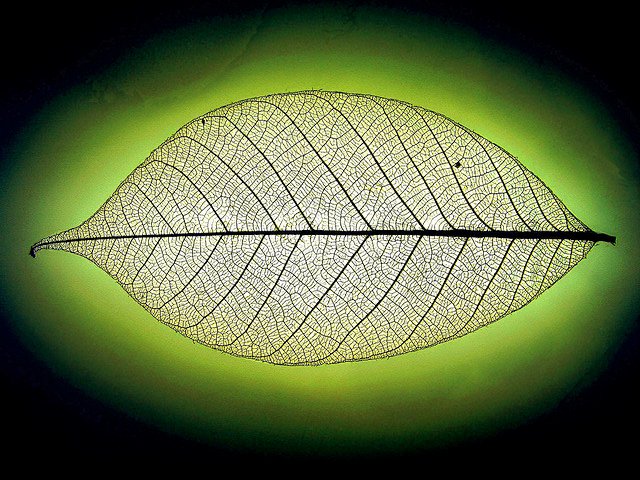 |
 |
 |
.......Ribs of a Leaf | .....Inflorescence | Simple and Composite Sheets |
|---|

POLLINATION
When bees fly from flower to flower, pollen grains stick to their bodies, which they leave in each flower who visit This process is called
pollination
. It is important for plants, as it helps them produce seeds and reproduce. Many plants have flowers of attractive colors, strong aroma and sweet nectar, to attract the pollinating creatures. Not only bees are pollinators. Bats, when they eat nectar, become powdered with pollen.

Next I will leave you the directory of the remaining sources of the images used in this post:



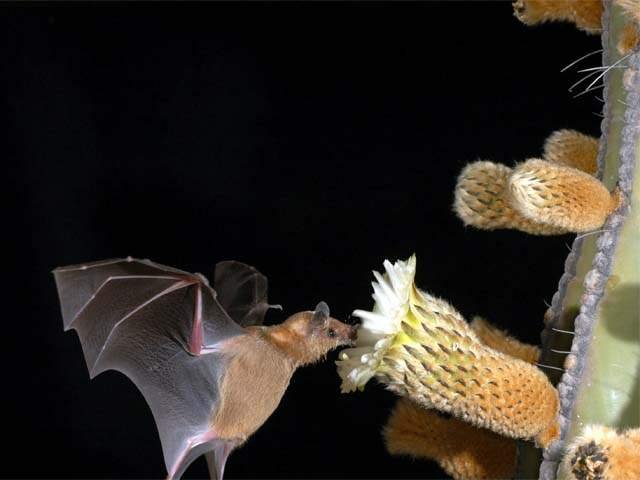
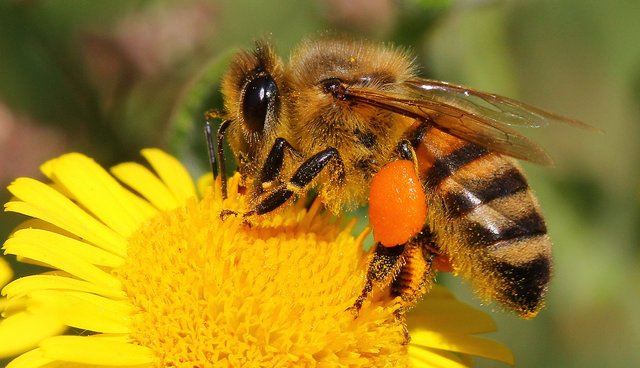
@bible.com